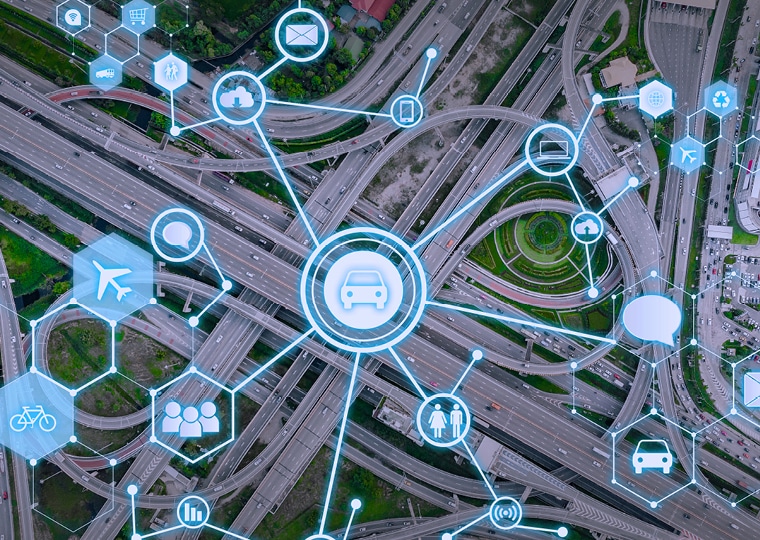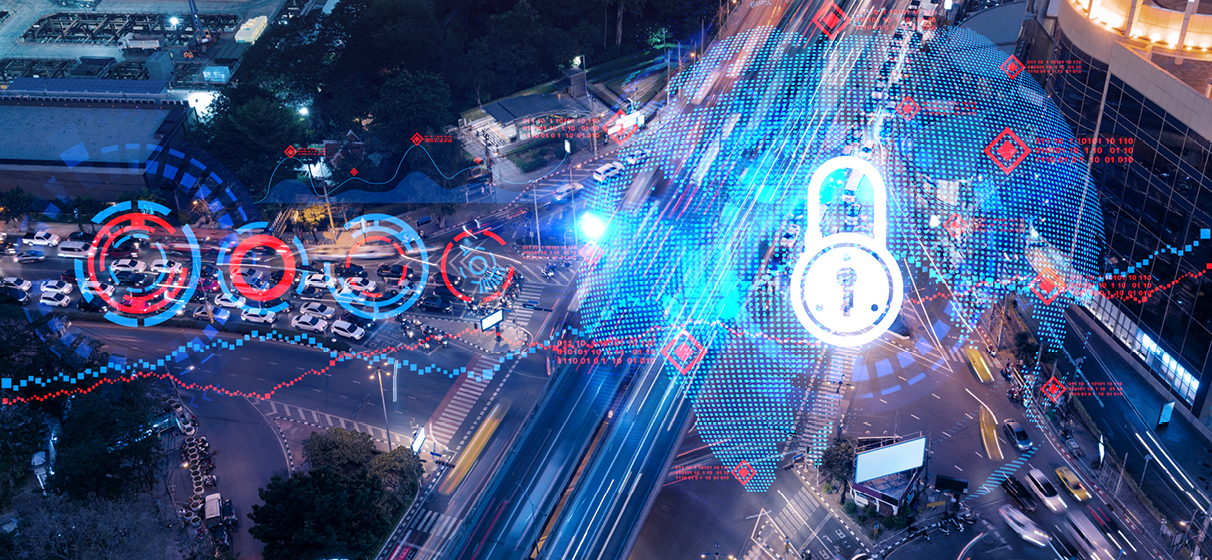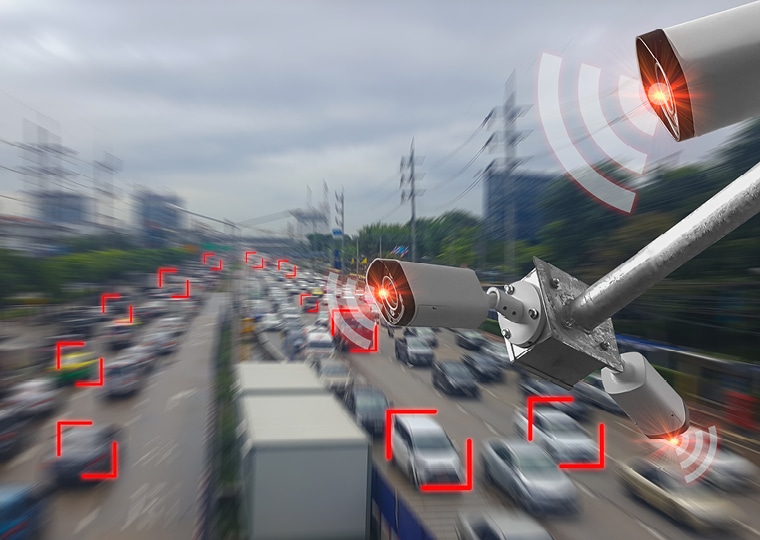STV, in partnership with ITS America (ITSA) and the Federal Highway Administration (FHWA), facilitated a recently completed seven-part webinar series discussing various applications of roadway digital infrastructure (RDI).
RDI is the invisible “digital layer” of technology that sits on top of our nation’s roadway and highway network. It involves public and private technology assets that create, exchange, or use data or information to improve traffic flow and mitigate incidents.
The webinar’s topics ranged from freight mobility to data analytics to cybersecurity. It featured panel discussions with a mix of private industry and public sector clients, including state transportation leaders and municipal agencies.
RDI and other related topics will be featured prominently at the Transportation Research Board 2025 Annual Meeting held next month in Washington, D.C., from January 5-9. STV’s experts will also be in attendance for that meeting.
In this roundtable discussion, STV’s mobility technology leadership, including Dan Corey, national director of mobility technologies; Ted Bailey, director of government technology solutions; James Kuhr, Texas mobility and data solutions leader; Adrian Pearmine, western director of mobility technologies; and Lori Pepper, South/Central mobility technology solutions leader, discuss their key takeaways from the ITSA series and where they see the RDI conversation going next.
1. The ITS America Roadway Digital Infrastructure webinar series was born out of a partnership of FHWA, ITSA and STV. How do you feel this series went in terms of bringing together stakeholders and demonstrating how STV’s team can partner to bring RDI solutions to communities?
Dan Corey: Our partnership with ITSA and FHWA helped bring key industry leaders to the table for the broader conversation about roadway digital infrastructure. Before this series, we already had several conversations on the federal side, but this series brought more awareness around some new state corridor programs that are being developed around the country. The series offered a tremendous amount of value in terms of the volume of topics presented.
For STV, the series demonstrated why we believe RDI is critical to the future of transportation and have purposefully built a team of former public agency leaders in this space to serve our public sector clientele. Our staff understands what preoccupies and motivates both public agencies and private sector entities. They also know how to navigate the edge where they come together to advance transportation. So, our role in coordinating and moderating these panels was a unique showcase of STV’s leadership in RDI.
Ted Bailey: A series like this is all about relationship building. We set up each of these sessions very intentionally to bring stakeholders into the conversation and then build relationships among all of the participants from there.
Lori Pepper: These sessions were filled with existing and potential RDI decision makers. Having representatives from cities and transportation agencies together gave STV, alongside FHWA and ITSA, a great platform to provide participants with information about some of the more future-focused elements of RDI development and investment. These are the kinds of issues that will make a huge impact on transportation safety and efficiency going forward.
2. How engaged were clients/agency owners in this series? Which RDI topics generated the most active dialogue/discussion during the series?
Adrian Pearmine: There was considerable engagement during these conversations. Most surprisingly, despite the virtual format, we got some good questions from the audience. All of our participants really embraced the topics we presented on. Granted, RDI is a bit of a buzzword in the industry right now, but this webinar series really allowed us to translate buzz into something meaningful.
Lori Pepper: People really wanted to engage in a discussion around collaboration, meaning how all stakeholders can work together to integrate these systems into their roadway network to achieve the desired outcomes.
Adrian Pearmine: The session we conducted about cybersecurity in RDI was particularly very active and revealed just how important this topic is to so many agencies around the United States.
3. Were there any key lessons learned or obvious ways to improve the dialogue going forward?
James Kuhr: People really want to hear about successful RDI projects and how they were executed. I think as a first-time conversation, we did a good job establishing the appropriate topics that were the most relevant to clients and owners. However, as this series continues to grow, we need to build more sessions around these case studies so participants can see on a practical level what’s going on.
4. What comes next for RDI and this webinar series? What are some ways we can further enhance engagement and dialogue around RDI?
Dan Corey: RDI is still evolving, and the industry is still, in some cases, defining what RDI is and how technology will be able to best serve it. One of the big messages we’ll need to deliver in the future is how the business model for delivering these projects is shifting.
Adrian Pearmine: Many of these projects had been funded from the Infrastructure Investment and Jobs Act (IIJA) and while there is still some potential for agencies to get additional grant money from the IIJA, there is also an understanding that the source of cashflow is changing. We know some agencies are looking to public-private partnerships to deliver on these initiatives, but we still need to work with them to determine what the business case for these partnerships is and how it can benefit all stakeholders. STV can provide that technical leadership, but having a forum like this ITSA webinar series can help formalize that conversation.
Lori Pepper: RDI’s impact on the sustainable and efficient movement of goods is going to be a major topic for our industry going forward. The level of investment being made in RDI to modernize our freight system varies from state to state and, considering the benefits realized when these systems are connected, we have to be more aligned in how we integrate these technologies.
Dan Corey: It was extraordinary to be a part of this conversation, and we can’t wait to be back on board for future sessions with ITSA and FHWA.
Join STV’s mobility technologies team and other industry experts at the Transportation Research Board’s Annual Meeting in Washington, D.C., January 5-9.







